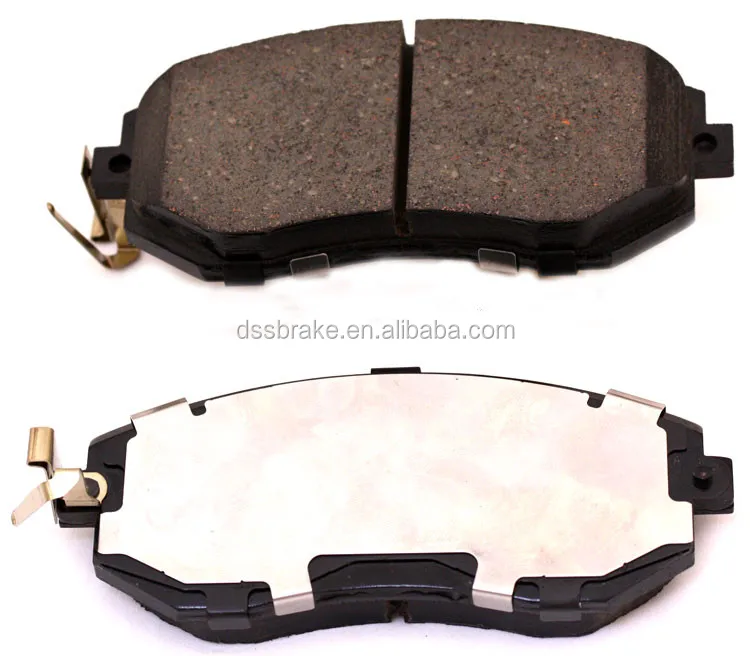

Avoid taking her for a spin in the Antarctica. If you own a vehicle that does 0-60mph in a flash this is the option for you.Īs with all types of pads there are downsides, in this instance an adverse reaction to extreme, low temperatures. Indeed Semi-Metallic brake pads are perhaps best suited to high performance race cars. They tend to be cheaper and – when around 60% metal is present – lend themselves to heavy braking over a long stretch of road or track. Semi-Metallic pads are resistant to heat and far easier on rotors than their Ceramic equivalent. That robustness is one of their many benefits. From here they are moulded into pre-set shapes and baked into a furnace, resulting in greater durability. Once settled upon these elements are bound together by organic resin. Additional material could include steel wool, wire and copper among others. Perhaps the most commonly found brake pads, semi-metallic models consist of between 30% and 65% metal.

But different types suit different models, which should pique even the casual driver’s interest. Nevertheless to many the how and why are not important, so long as their brake pads pass a yearly MOT. The absence of sufficient brake pads will lead to wheels being worn down, reduced braking power and – ultimately - a damaged braking system. Whenever brakes are applied, the calliper clamps this pair of pads onto the spinning rotor and - as if by magic - a car slows or comes to a complete halt, depending on the pressure involved. Two of them are housed in the brake calliper, their friction surfaces aimed at the rotor. This friction is utilised to convert the kinetic and thermal energies of the vehicle. So what are they? Put simply, the component that applies the requisite pressure and friction to brake rotors, allowing a car to stop.Ī more technical description would explain how they are in fact steel backing plates, with a friction based material bound to their surface.

With that in mind, appropriate brake pads go some way towards ensuring motorists’ safety on the road. Speed merchants may not like to admit it but the ability to stop in good time far outweighs the importance of lightening quick acceleration.


 0 kommentar(er)
0 kommentar(er)
